Parramatta councillors frustrated over lack of consultation on Parramatta Stadium upgrade
THE new stadium that will house Parramatta Eels and Western Sydney Wanderers has caused a rift over its design and consultation relating to the development.
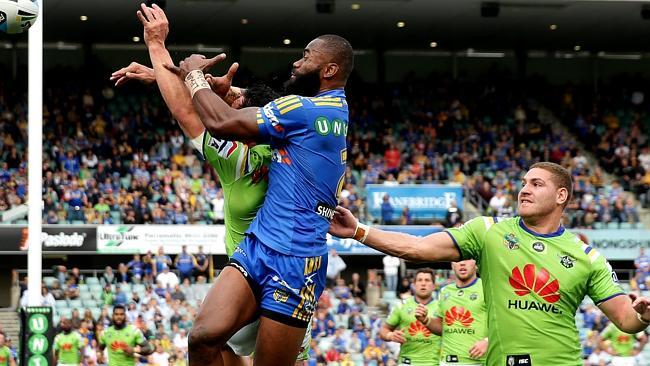
Parramatta
Don't miss out on the headlines from Parramatta . Followed categories will be added to My News.
PARRAMATTA councillors have lashed out at the State Government and Venues NSW over lack of consultation on the Pirtek Stadium redevelopment.
In a scathing attack at Monday night’s council meeting, Cr John Chedid said he was frustrated the council had not been updated on the $300 million upgrade and that there was no way of knowing what the planning process and design study was up to.
The Advertiser reported last month Parramatta pool could be lost to make way for the development.
“I haven’t received an email or a memo explaining to me where this so called study is,” Cr Chedid said.
Speaking directly to Lord Mayor Paul Garrard, Cr Chedid said he wanted the mayor to contact the government to “get us a seat at the table.”
“We should at least know what plan has been worked on.”
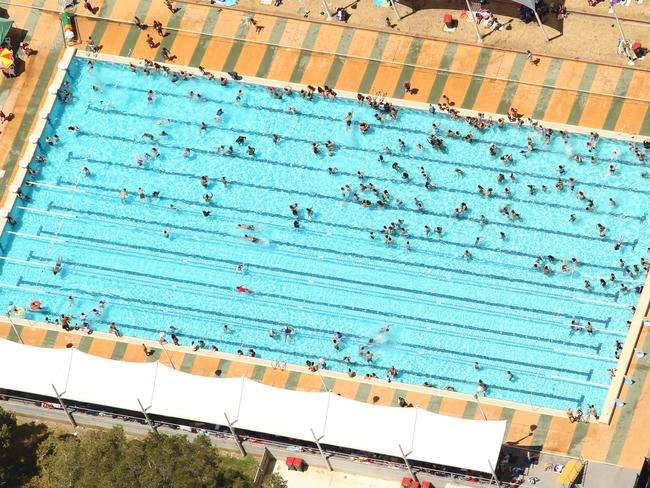
He said he wanted to know whether Parramatta Pool would be included in the new stadium’s design and if the development included a function centre.
Cr Chedid called for a report on how well the government had consulted with the Parramatta Eels and Western Sydney Wanderers.
Venues NSW manages the sporting venue and independent agency Infrastructure NSW was appointed by the government to prioritise the stadium’s redevelopment. PricewaterhouseCoopers (PwC) has been tasked to put together the project’s terms of reference.
Councillor Steven Issa said the council had been forgotten.

“They have engaged the Wanderers, the Eels ... and engaged fans, but they haven’t engaged us,” he said.
Councillor James Shaw said he wanted clarification about whether the pool was going to be moved and if so, the government needed to compensate the council.
Councillor Jean Pierre Abood said he was “very disappointed how this has progressed.”
“Whoever was planning this would have known the pool would somehow be affected. You would think the courtesy would be to engage us. We would have to be compensated or have some input (to) have an integrated facility.
“A stadium, an aquatic centre. The options are endless because you’re basically starting from scratch. We haven’t been engaged whatsoever. And I would consider us to be the primary stakeholder. I believe we have to go to them and find out exactly what’s happening with our pool,” Cr Abood said.
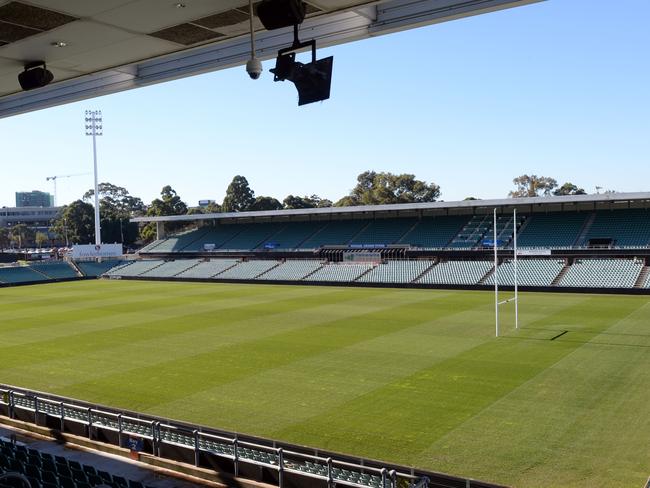
Sports Minister Stuart Ayres said Parramatta Council was recognised as a major stakeholder and had been engaged in discussions since the beginning of the project.
“Council will continue to be closely consulted throughout the planning, design and delivery phases, and their input will be crucial to the success of the project,” Mr Ayres said.
“The intention is to have a design and construct tender in the market place in the first half of this year. The development of that brief is currently underway,” he said.
DISAGREEMENTS ON STADIUM’S DESIGN
There are whispers some of the details and design of the 30,000-seat stadium cannot be agreed upon.
Parramatta Councillor Steven Issa said there were “differences of opinion” between the Parramatta Eels, the Western Sydney Wanderers and other stakeholders over the stadium’s design requirements
The Western Sydney Wanderers would like to see rail seating on the northern side of the stadium.
Wanderers chief executive John Tsatsimas said rail seats would allow fans to be close to the field and could stand during games.
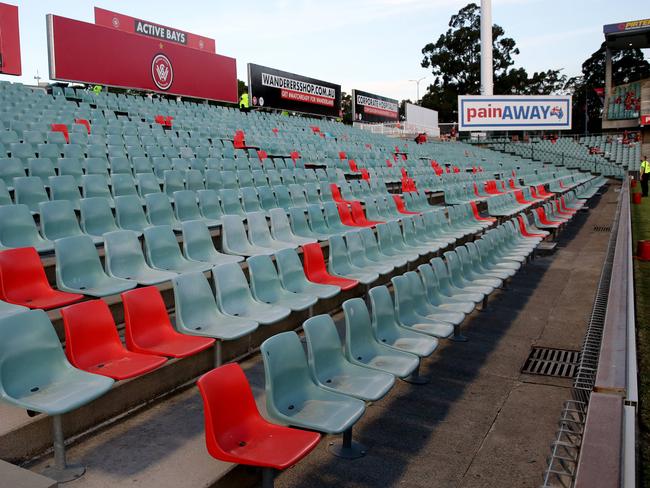
“A key component for us is one that can enhance a true football experience. Standing areas at the northern end for our active supporter group, so a similar configuration to what exists now,” he said.
“The area would provide flexibility to other tenants and it will allow those seats to be locked away so our fans can be dancing and jumping up and down supporting our team,” Mr Tsatsimas said.
Cr Issa said a rail would go across the seats so they could be locked to allow for standing room.
“It doesn’t deter from the Eels fans, because you can still put them down. I think the rail seats are the best of both worlds. They are foldable.”
He said he hoped the stadium would not just be used for football and rugby league, but for other events as well, such as concerts.
Parramatta Eels chairman Steve Sharp said there were some minor issues with the seating plan.
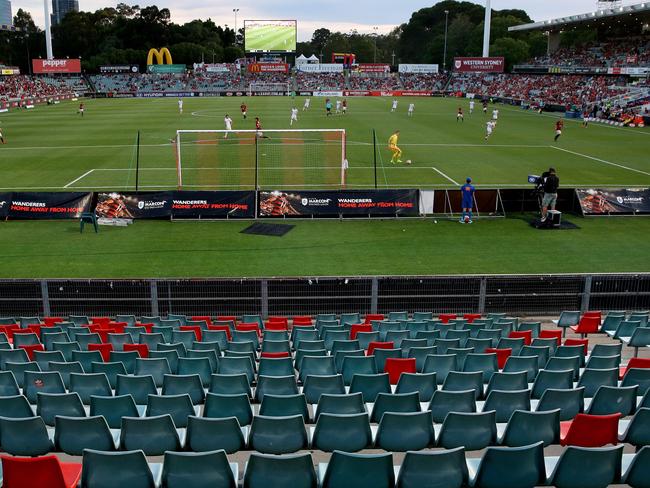
“There has been some debate about a type of seating of some parts of the stadium particularly for the soccer games, which we are not 100 per cent across what type of seating it is. They are talking about rail seats. Our only concern is that there is a line of sight for the fans,” he said.
“To date there’s only been preliminary talks, (but) not so much about design. There’s a design concept being presented in the next two weeks,” Mr Sharp said.
“I don’t know how much input we’d get.”
Mr Sharp said it was all about the experience of the fans.
“They need to make sure it’s the same as Suncorp Stadium in Brisbane, very close to the ground, with good access to food and beverages.”
“I also recommended they look at the AAMI Park model (in Melbourne), they have corporate facilities and it’s changing the face of the game.”


